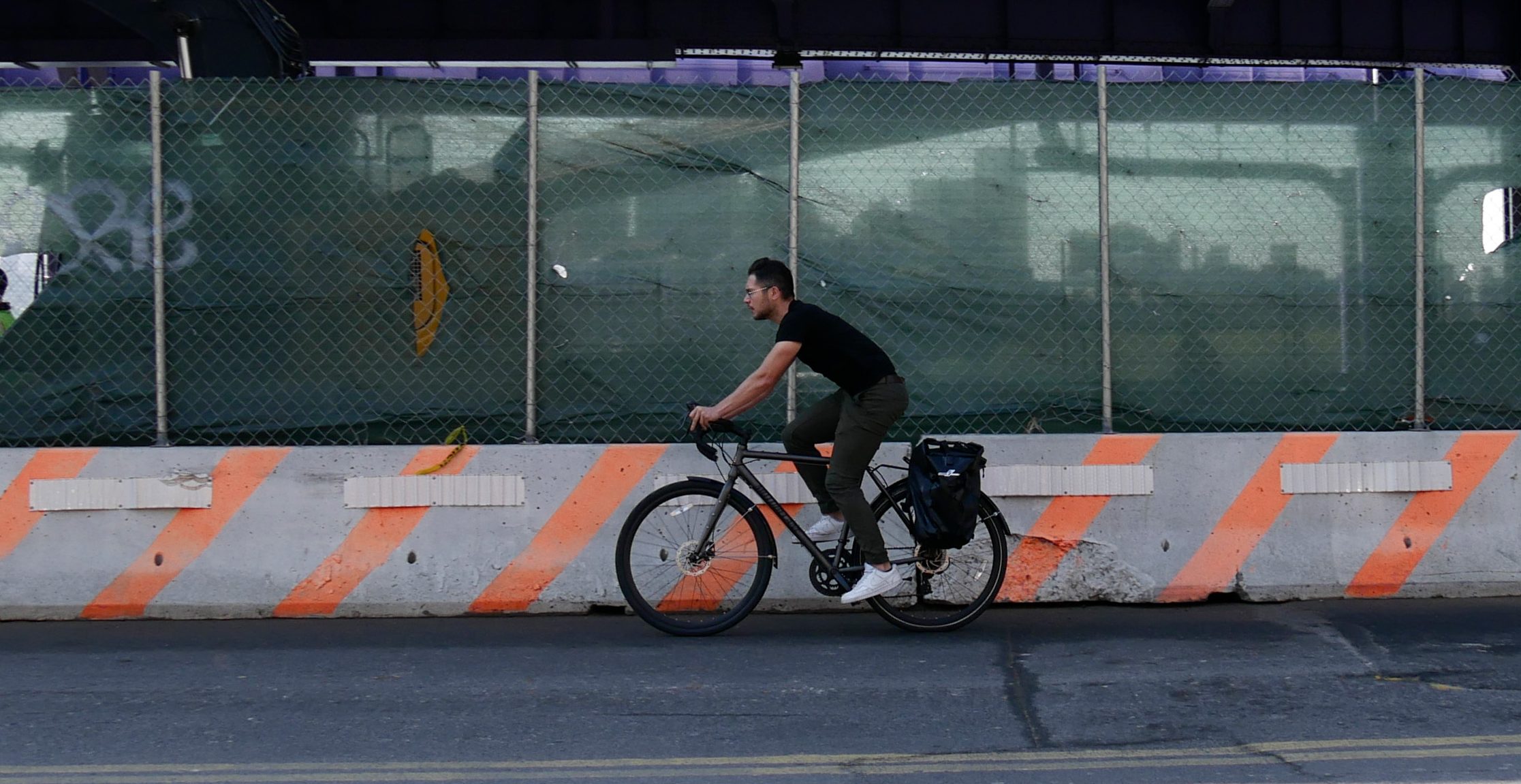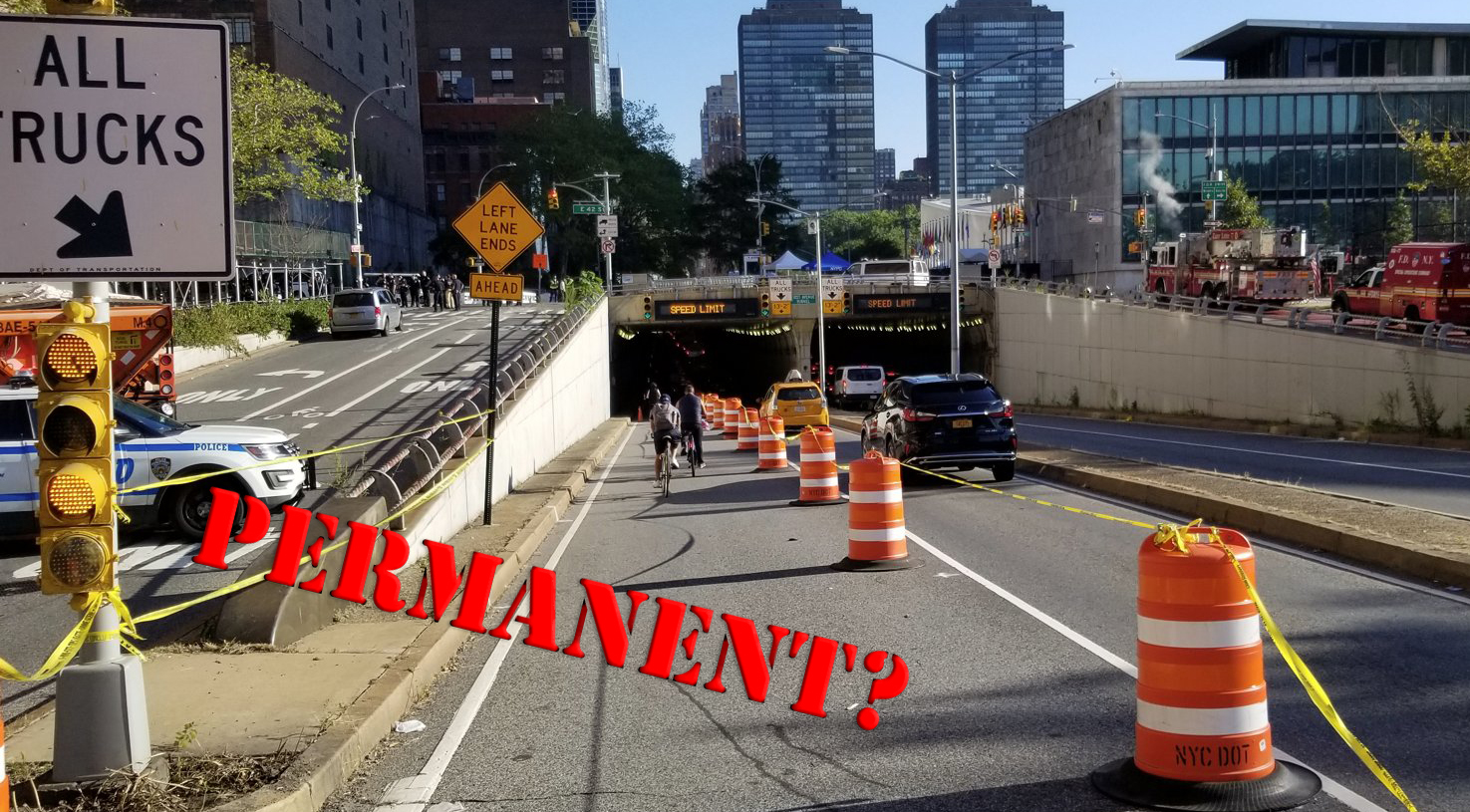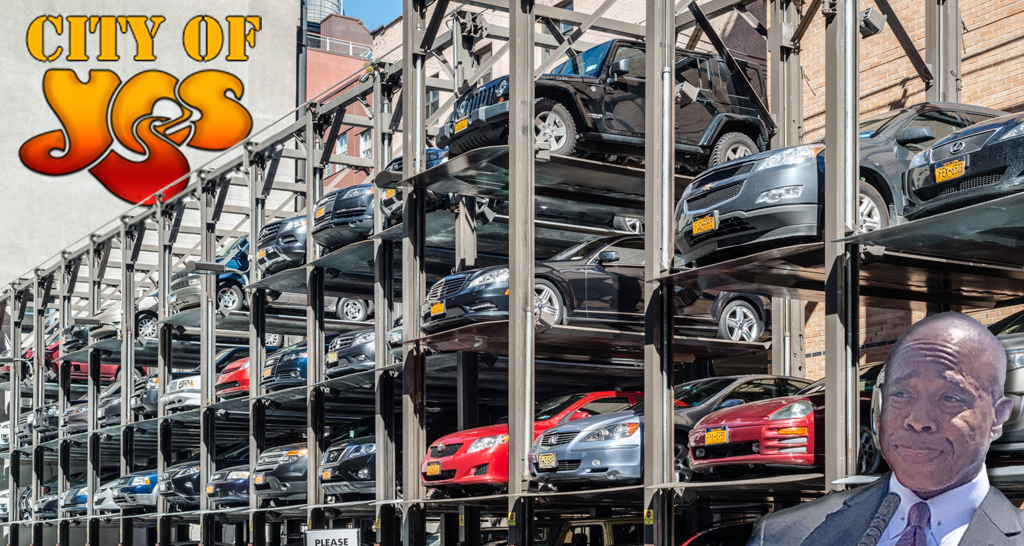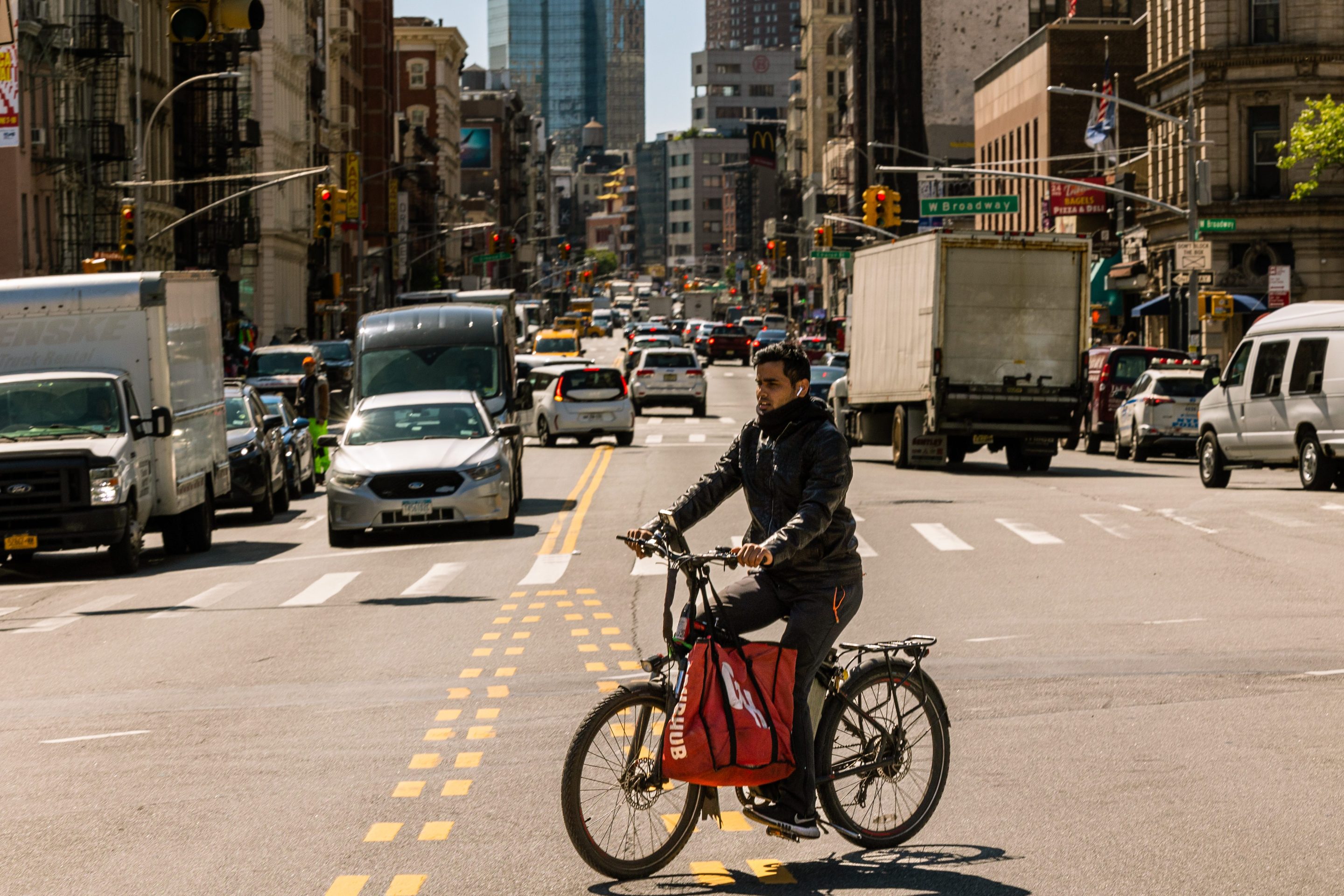In the second installment of his two-part "traffic injustice" series (here's part one), cycling attorney Bob Mionske covers a lot of ground. While much of it will lead Streetsblog readers to nod in knowing agreement, what struck us is the way Mionske exposes how a transportation system so dominated by multi-ton vehicles has basically absolved drivers of responsibility when it comes to interactions with actual people.
It usually takes a more serious degree of negligence (for example, drunk driving or excessive speed) for a driver to injure or kill another driver. And when that happens, prosecutors can use that more serious degree of negligence to bring the offender to justice. But when the offending driver has been merely inattentive -- "I didn't see him" is the most common excuse drivers make after hitting a cyclist -- or has otherwise failed to exercise due care, the choices most often available to police and prosecutors are to do nothing, or to charge the driver with a minor offense that does not reflect the harm the driver actually caused.
Of course we see this play out almost daily in New York. As of this writing, in 2010 alone we know of 13 pedestrian and cyclist fatality cases in which the driver was reportedly charged with no wrongdoing. Inadequate laws combined with an apparent necessity or eagerness to close cases means that even when a driver is "brought to justice," his or her punishment often amounts to a cruel joke.
"The basic problem we face," writes Mionske, "is that in most states there are appropriate penalties for drivers who commit minor offenses like failure to yield, and there are appropriate penalties for drivers who commit the most egregious offenses, like killing somebody while driving drunk. But there's no middle ground -- no appropriate penalties for those who kill through carelessness, and no justice for those who were killed because somebody else shirked their duty to exercise due care."
Unlike in other countries, says Mionske, where the onus of safety is placed on the operator of the heavier vehicle, the "invisible" cyclist or pedestrian defense creates an easy excuse for American drivers not to exercise due care. As with drunk driving in decades past, the problem will require a combination of cultural upheaval and (often subsequent) political will. Mionske points to vulnerable user regulations -- like New York's Hayley and Diego's Law, pending in the current legislative session -- as an important step because they fill this void in the justice system.




